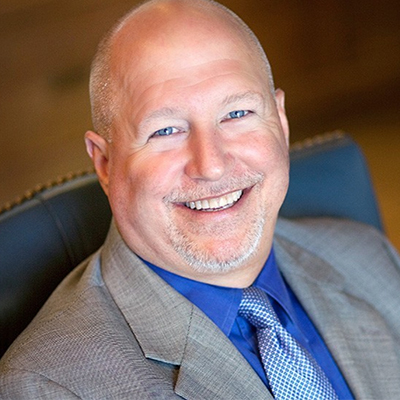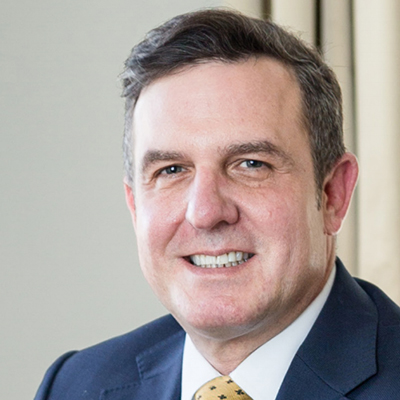I recently put in a proposal for business development training and coaching to a large AmLaw 100 law firm. As part of the proposal, the firm asked how I would set up a system of accountability for participants in the program. Building accountability into a program is difficult. You can neither assume it will happen nor demand it. Accountability measures require buy in and commitment from firm leadership but they also require sensitivity by project leaders to the challenges each lawyer will face in contributing to the project.
Firm leadership often look to accountability measures as a means of controlling the project to ensure its success. But success comes from enthusiastic participation in a program, not from metrics. Accountability measures should be viewed as a tool for the development of individuals; an early warning system to help identify when people need help accomplishing their part of the project. Too often, accountability measures can derail the success of a program if they are not handled correctly.
Be Careful Who You Label as Not Accountable
In the back rooms of your strategic planning meetings, everyone knows who is accountable and who isn't. Everyone knows who gets things done and who never seems to accomplish their part of projects. Accountability is not only dynamic and subjective, it is influenced by a host of conditions, many of which are out of the control of the person. Stay objective and give the people you target for your 'accountability' the benefit of the doubt. Seek to understand first.
Accountability is a Net, Not a Spear.
Building accountability into a program's process should be designed so that everyone has the same standards for accomplishing their objectives. It should not be a process to weed out and discipline those who are not doing their part. Instead, processes should be biased toward helping participants resolve the issues that are keeping them from accomplishing their parts. Use a rising tide of accountability to raise all boats.
Take Small Steps.
Accountability is a habit that is built over time. With busy schedules, client demands and work-life balance, setting objectives and activities which are too aggressive or sweeping in their scope only serve to frustrate those involved. Lawyers are skeptical of growth programs and change initiatives, anyway. Program participants frequently spend as much time and energy passively evaluating the problems in the program as they do actively working the program. So make working the program easy.
Deconstruct what you are trying to accomplish and set objectives that have short time frames and require minimal effort to accomplish. Quick and easy activities are more likely to get done and builds confidence in the process. Monitor the activities closely and set a schedule of small, frequent tasks to build momentum. Small steps build durable habits.
Set Clear Objectives
Clear objectives are an absolute necessity. Objectives should be set by the person who will be held accountable for them. Use the SMART goals formula to design objectives which are clear, achievable and measurable. Too often, goals are grandiose and sweeping. They are nearly impossible to achieve let alone make it clear the steps required to achieve the goal. Think micro objectives. Small is better.
Make it Meaningful
Participants should clearly understand how the activities relate to the firm's goals. Take time to draw clear lines between the activities and what the firm is trying to accomplish. If the lines are blurry or the activity only indirectly contributes to the firm's mission, change the activity. Nothing frustrates people faster than busy work. Even if you see the link, it is critical that the participant sees the contribution they are making. People need meaningful work and a feeling that they are contributing to the greater good of the firm, especially in the beginning. Start with activities that link closely to the firm's mission.
Listen for Challenges
Communicate often and listen for challenges that are developing. Check in on a regular basis and actively listen for the obstacles and challenges that the lawyer faces in accomplishing their goals. Keep an open mind and don't prejudge the lawyer's efforts. Brainstorm how to overcome those challenges and bring others in to help in the process. If necessary, pick smaller activities which contribute to the goal but are not necessarily part of the current obstacle. Build momentum sideways if you have to.
Track Progress and Share Successes
Use metrics to track progress. When setting objectives, work with the person to determine the metrics which will demonstrate progress. Keep these metrics simple and achievable. Like accountability, the simpler and more achievable the metrics are the more it builds confidence in the process. Don't worry too much about actual results in the beginning. Tracking activity is fine. Activity will lead to results. Celebrate small wins. Sharing leads to results. Focusing on achieving results too early in the process can create skepticism and frustration. It takes time for new initiatives to gain traction so don't demand results too quickly. Lots of people actively working on a project is a powerful result by itself.
In large organizations struggling to hold people accountable across dispersed offices, building a culture of accountability takes time and an intentional, incremental effort. Accountability measures are a vehicle to construct contributions to the firm. Build a culture of accountability incrementally, monitor and adjust frequently and listen to and praise people often. Before you know it, you'll have more action taken by more people on the meaningful initiatives that will move the firm forward.
# # #
About the Author

Eric Dewey, MBA, is Managing Principal of Group Dewey Consulting and focuses his practice on business development training and coaching, strategy, opportunities research and lateral growth support services. He can be reached at eric@groupdewey.com.


















